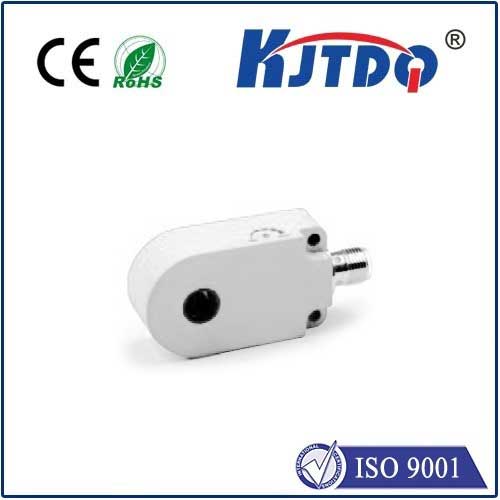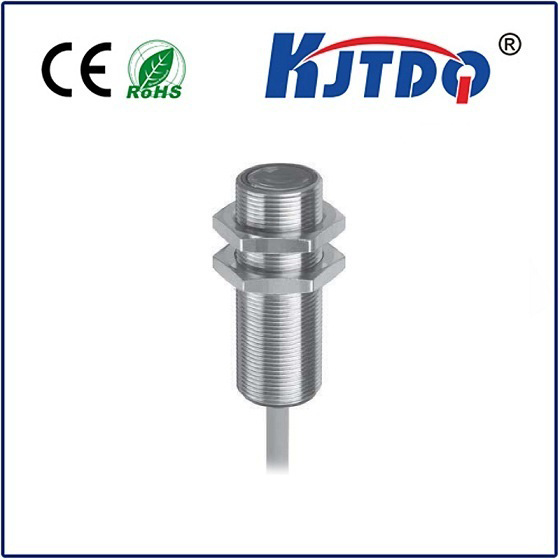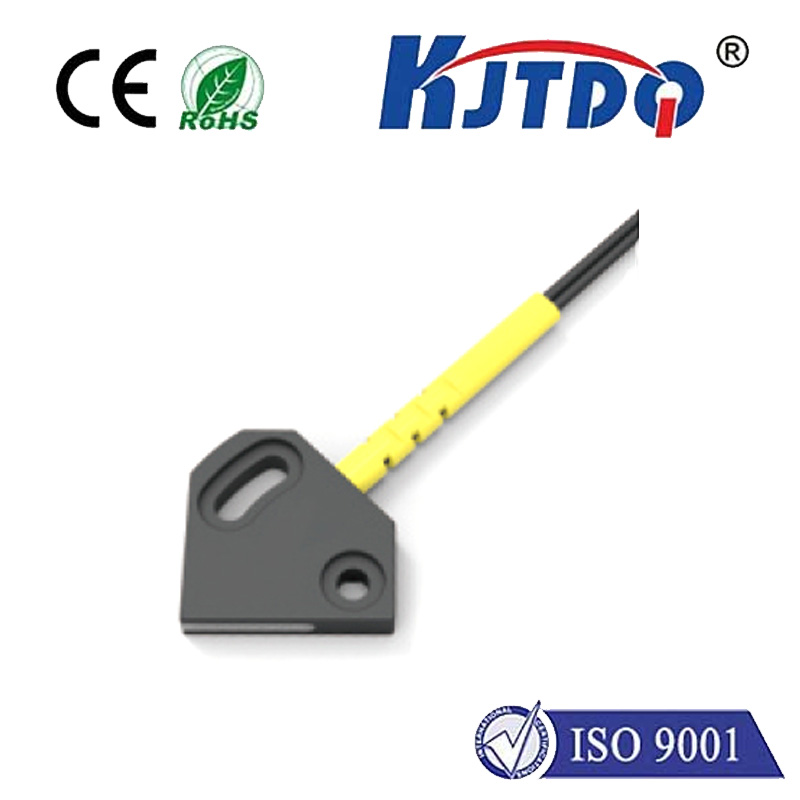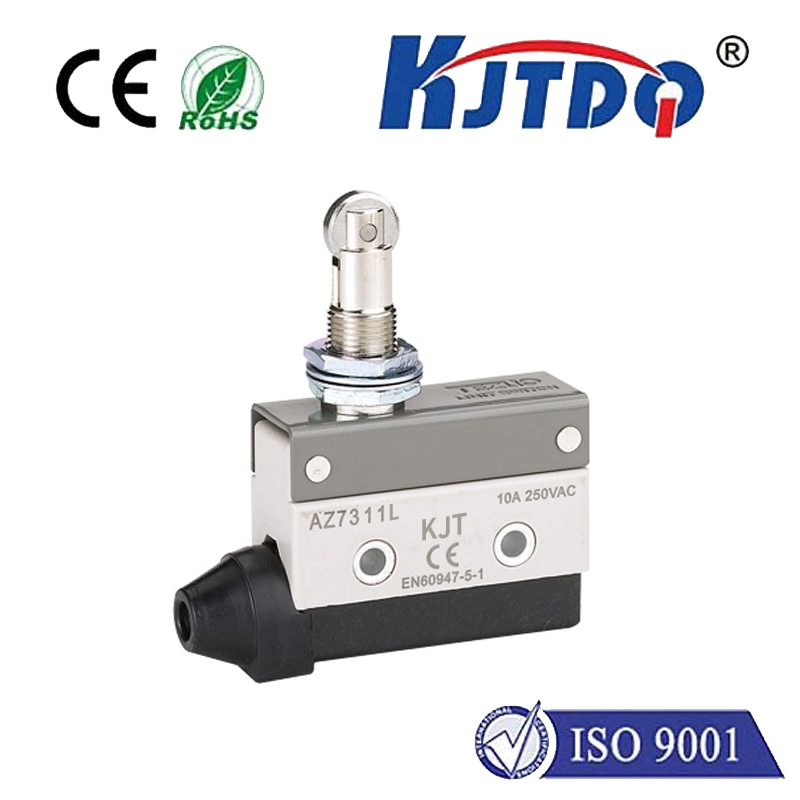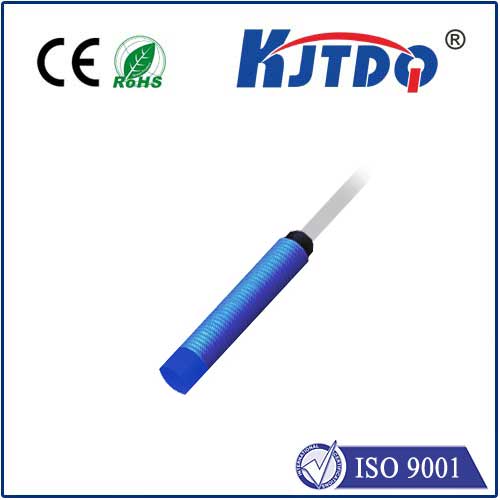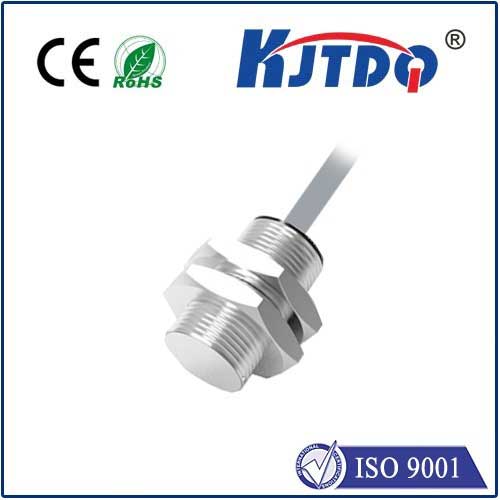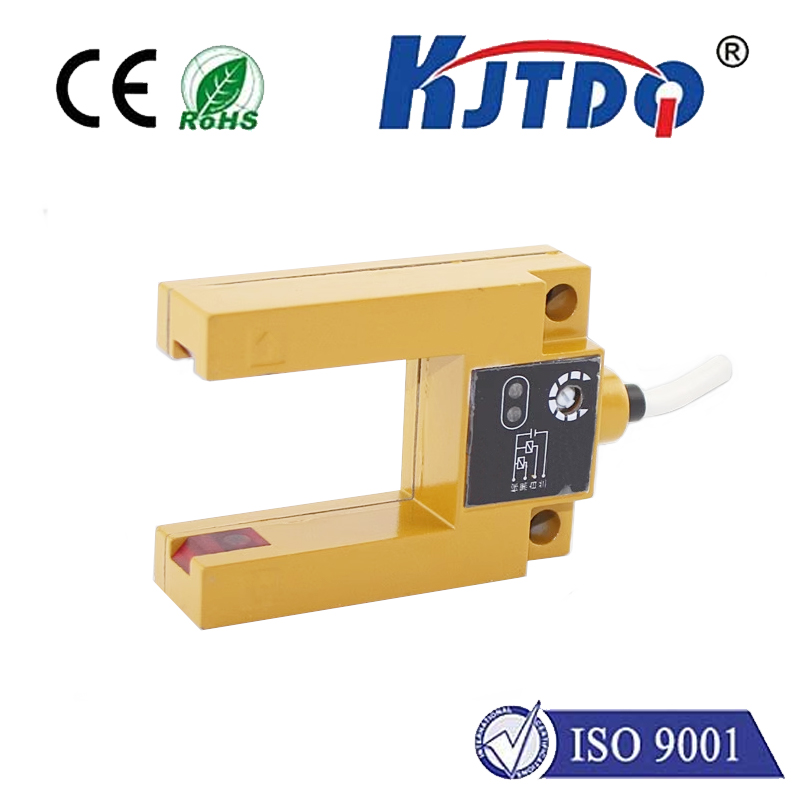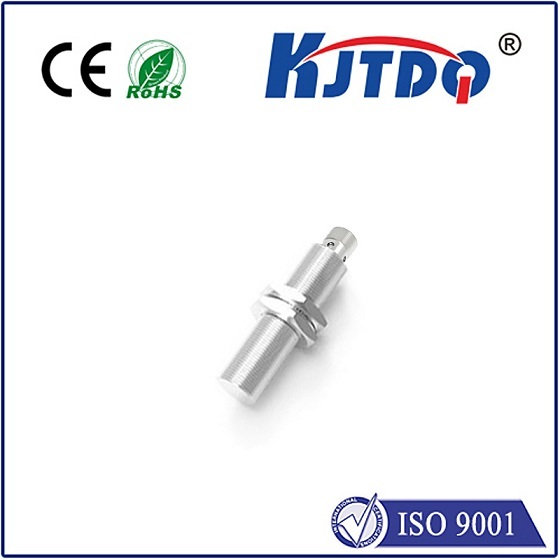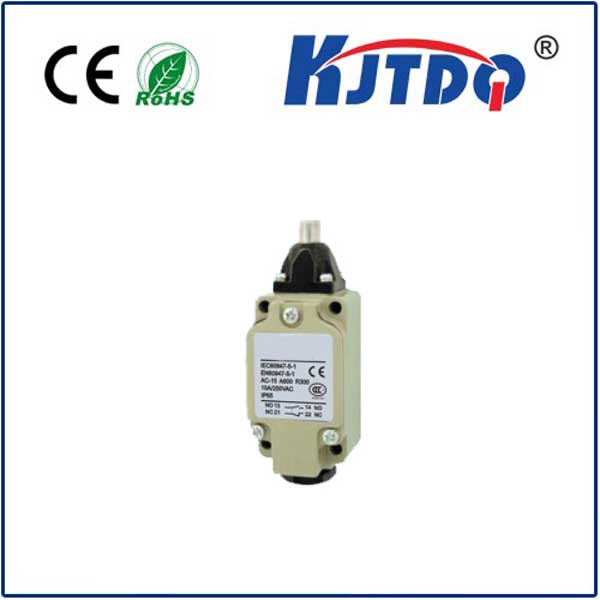optical voltage sensor
- time:2025-08-14 13:03:18
- Click:0
Optical Voltage Sensors: Revolutionizing Power Measurement with Light
Accurate, safe voltage measurement sits at the core of our electrified world, powering everything from the smartphone in your pocket to sprawling national grids. For decades, traditional electromagnetic transformers tackled this vital task. Yet, as we push towards higher voltages, smarter grids, renewable integration, and ever-more demanding industrial processes, these legacy devices reveal fundamental limitations. Safety hazards, magnetic saturation risks, bulkiness, and susceptibility to electromagnetic interference (EMI) pose significant challenges. Enter optical voltage sensor (OVS) technology – a transformative approach harnessing the power of light to rewrite the rules of electrical sensing.
The Core Principle: Sensing Voltage Through Light
At its heart, an optical voltage sensor operates on a fundamental principle: voltage influences light. This interaction isn’t electrical but physical, circumventing the need for direct metallic contact with the high-voltage conductor. Instead, OVS systems leverage one of two primary electro-optic effects:
- The Pockels Effect: Found in certain crystalline materials (like BGO - Bismuth Germanate or Lithium Niobate). When voltage is applied across such a crystal, it induces a change in the crystal’s refractive index proportional to the applied electric field. Light passing through this crystal experiences a shift in its polarization state directly related to the voltage. Sophisticated optical detection systems (analyzing the polarization) accurately decode this shift into a precise voltage measurement.
- The Faraday Effect (used indirectly): Primarily known for current sensing (in Optical Current Transformers - OCTs), the Faraday effect – where a magnetic field rotates the polarization of light – can be harnessed for voltage measurement within a combined sensor unit. An Optical Voltage Transformer (OVT) often integrates with an OCT. The OCT measures the current, and knowing the system’s capacitive coupling to ground (a relatively stable parameter), the voltage can be derived indirectly. Alternatively, specialized OVT designs use capacitive dividers whose output modulates a light signal.
Key Optical Voltage Sensing Technologies

Several practical implementations dominate the market:
- Optical Voltage Transformers (OVTs): These devices, designed for medium to ultra-high voltage (EHV/UHV) applications in substations, often utilize the Pockels effect within a sensing crystal positioned near the high-voltage line, typically coupled via a capacitive divider. Light signal transmission uses robust optical fibers.
- Electro-Optic (EO) Sensors: This term broadly covers sensors directly using the Pockels effect. They can be highly compact and are finding increasing use in applications beyond traditional substations, such as industrial drives and power electronics testing, where galvanic isolation and bandwidth are crucial. They often feature integrated electronics for signal conditioning.
- Polarimetric Sensors: These specifically refer to the method relying on detecting the polarization shift caused by the electro-optic effect (like Pockels). The core sensing principle defines this category.
- Integrated Optical Sensors (on Chip): Emerging technology leverages semiconductor fabrication techniques to miniaturize the sensing element (waveguides, often exploiting the Pockels effect in deposited thin films) onto a chip-scale device. This promises significant cost reductions and integration potential for future systems.
Why the Shift to Optical? Compelling Advantages
Optical voltage sensors aren’t just novel; they solve critical problems inherent in traditional solutions:
- Unmatched Safety: By eliminating the need for a direct conductive path between high-voltage and measurement circuits, OVSs achieve true galvanic isolation. This drastically reduces risks like explosion, fire, and dangerous step-and-touch potentials near the sensor during faults.
- Immunity to EMI: Light signals, unlike electrical currents, are fundamentally immune to stray electromagnetic fields. This makes OVSs ideal for noisy environments like power electronics switching cabinets or near large motors, where traditional sensors suffer accuracy degradation.
- Wide Bandwidth and Linearity: Capable of measuring signals from DC (direct current) to several hundred kilohertz with exceptional linearity. This is vital for modern applications like power quality monitoring, capturing transient events, analyzing harmonics, and controlling high-speed switching devices.
- Compactness and Lightweight: Eliminating iron cores and oil insulation leads to significantly smaller, lighter sensors. This reduces installation footprint, eases retrofitting in dense substations, and lowers transportation costs.
- Enhanced Accuracy & Stability: Performance is largely unaffected by saturation, remanence, or temperature variations affecting magnetic cores. Digital signal processing further refines accuracy.
- Simplified Interface: Outputs are typically low-energy light signals over fiber optic cables or digitized data streams, simplifying integration with modern digital substation architectures (IEC 61850) and reducing the need for complex secondary circuitry.
- Environmental Benefits: No oil filling eliminates the risk of leaks and environmental contamination.
Where the Light Shines Brightest: Key Applications
The unique advantages of optical voltage sensing drive adoption across diverse sectors:
- High Voltage Transmission & Distribution Substations: The primary domain for Optical Voltage Transformers (OVTs). Providing safe, accurate revenue metering, protection relaying, and control for AC and HVDC systems up to 800kV and beyond. Essential for digital substations.
- Renewable Energy Integration: Crucial for monitoring voltage at critical points in large-scale solar farms and wind parks, especially within the power conversion systems where EMI and DC components are prevalent. Ensures stable grid connection and protects equipment.
- Electric Vehicle (EV) Fast Charging: High-power DC charging stations (350kW+) require precise DC voltage measurement within the charger power modules. Compact EO sensors provide the necessary isolation, bandwidth, and accuracy.
- Industrial Drives & Power Electronics: Monitoring bus voltages and inverter outputs in motor drives, UPS systems, and industrial automation. Optical sensors excel where high dv/dt (rapid voltage changes) and intense EMI from switching semiconductors cripple conventional sensors.
- Power Quality Analyzers & Test Equipment: The wide bandwidth and DC capability make OVSs ideal instruments for capturing detailed voltage waveforms, transients, and harmonics during power system analysis and equipment testing.
- Research & Development: Fundamental for characterizing novel power semiconductor devices (SiC, GaN) and developing next-generation converters and systems operating at higher speeds and voltages.
- Aircraft & Marine Electrical Systems: Weight savings and EMI immunity are significant advantages in aerospace and marine applications where space is constrained and electromagnetic noise is abundant.
Beyond the Horizon: Trends and Future Outlook
The evolution of optical voltage sensing continues at pace. Key trends include:
- Miniaturization and Integration: Moving towards chip-scale photonic integrated circuits (PICs) for EO sensing, drastically reducing size and cost, enabling wider adoption in lower-voltage applications.
- Cost Reduction: Advances in manufacturing, materials (like polymers with electro-optic properties), and PICs are steadily lowering the entry cost barrier.
- Improved Materials: Research into new crystalline materials and thin-film structures aims to enhance sensitivity












